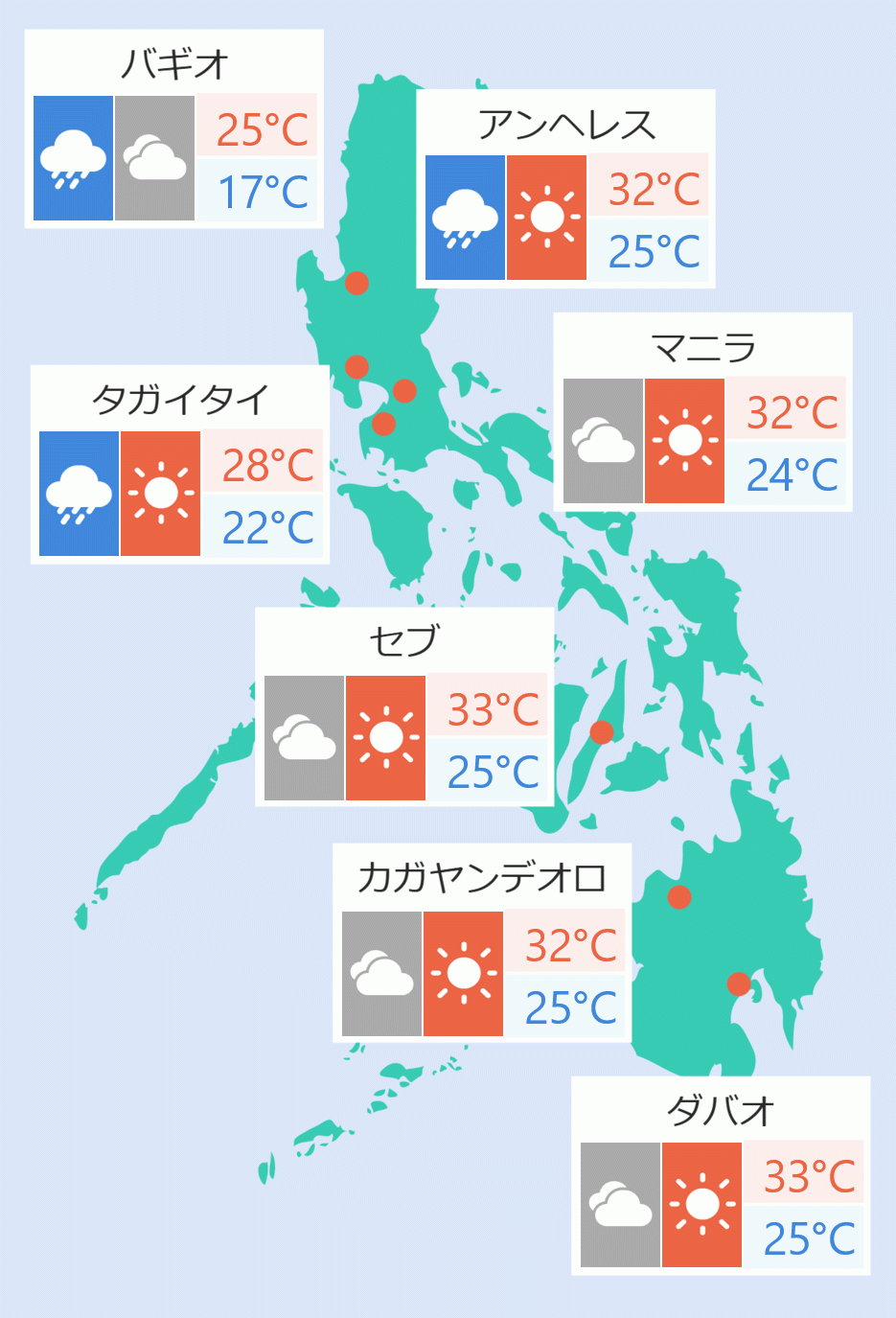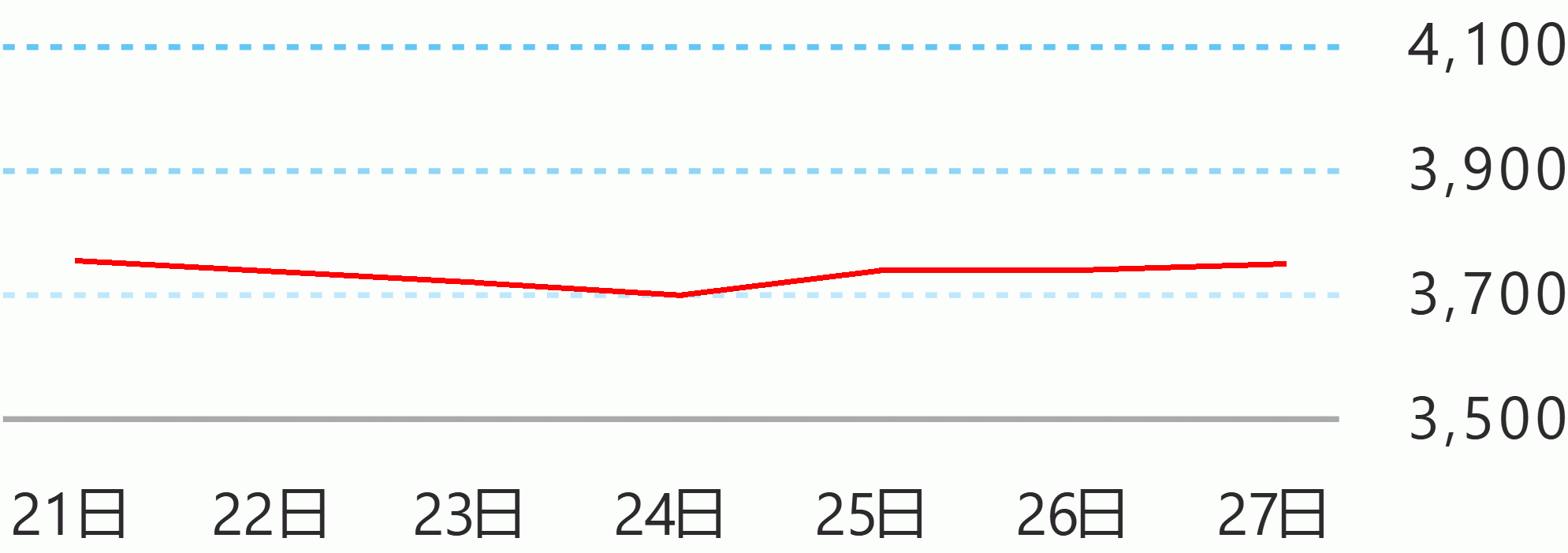The Department of Health (DOH) has expressed alarm over the increasing number of coronavirus disease cases, especially in Metro Manila, where intensive care units in various hospitals have reached over 60 percent occupancy rate.
In a televised press briefing on Thursday, Health Undersecretary Leopoldo Vega, who heads the One Hospital Command Center, proposed to heighten the observance of minimum health standards, including the use of double masks.
"It's disturbing here in Metro Manila because 47 percent of the new cases that we have is in Metro Manila," he said.
Asked if the situation of ICU bed occupancy in the National Capital Region was already alarming, he said, "It’s alarming. We can be very comfortable if it's low risk, below 30 percent. But this is already 60 percent, so (it's) alarming but we need to do something. We have to do the appropriate response in terms of capacitating the hospitals, both public and private here in Metro Manila."
He said they have been noticing the increase in utilization rate of COVID-19 isolation beds, wards, and ICU.
"In our latest One Hospital Command, the data on COVID beds and isolation usage in entire Metro Manila already reached 54 percent. But the intensive care units, we have few number of intensive care units, perhaps the total is 679. The (usage) now is close to 64 percent, so in other words, about 30 percent only is available," he said.
Vega specifically cited that Level 3 hospitals or the biggest public and private hospitals in the cities of Manila, Makati, and Taguig are at "high risk category, between moderate and high risk."
High risk means about 80 or 83 percent of bed capacity have been occupied, he said.
He urged the public to do "whatever good practices we had last year," noting that the peak of COVID-19 cases last year was recorded in July and August.
For this year, Vega said hospitals have improved their capacity by adding more beds for COVID-19 cases.
"I think we are better prepared for this situation right now compared with last year. We know what’s effective in terms of public health standards and prevention, localized lockdowns by the local government unit, and we know that our healthcare workers have already the experience on how to go about it. We have PPEs (personal protective equipment) already. Healthcare workers are getting vaccinated," he said.
But if hospitals in Metro Manila could not be sufficient to be influx of patients anymore, Vega said hospitals in nearby provinces could be tapped.
"If it will happen that we will have deficiency here in Metro Manila in terms of beds, then we can easily transfer or coordinate their care through Region III or Region IV," he said.
He cited Batangas Medical Center where modular hospitals were built last year.
A member of the OCTA Research group earlier projected that the number of COVID-19 cases could reach to 10,000 to 11,000 by the end of March if the trend continues.
Vega acknowledged that the OCTA assumptions were frightening.
"So the way I look at it, these are alarm bells, sound bells. And if you don't do nothing, we will really fall into it, and the assumption is only based on mathematical projections. But more important is how we are going to respond to the increasing crisis right now," he said.
He proposed to further enhance adherence to minimum health standards, including using double masks.
"You have to enhance it... You have to double mask. You have to do all of the things that the minimum health standards requires plus the executive power of the local government units to provide what they call as granular lockdown or zonal containment because this is very effective and we have seen this last year," he said.
Vega noted that the mayors have been very active to combat the spread of the virus.
He expressed confidence that with the cooperation of everyone, COVID-19 cases will go down.
"But if that doesn't happen within April, our formulas on quarantines are fixed. So, if the healthcare utilization will become critical, then that may justify changing our quarantine status, but hopefully not because the people and local government units and everyone now is contributing to slowdown the spread of the disease," Vega explained.
Metro Manila and a few other areas have remained under the general community quarantine while the rest of the country have been under modified general community quarantine.
The government is set to announce new quarantine classifications in various parts of the country on or before the end of March for April.
There were concerns that the government might again impose expanded lockdowns or modified enhanced community quarantine, the second most restrictive classification if cases of COVID-19 continue to rise. Celerina Monte/DMS





 English
English









